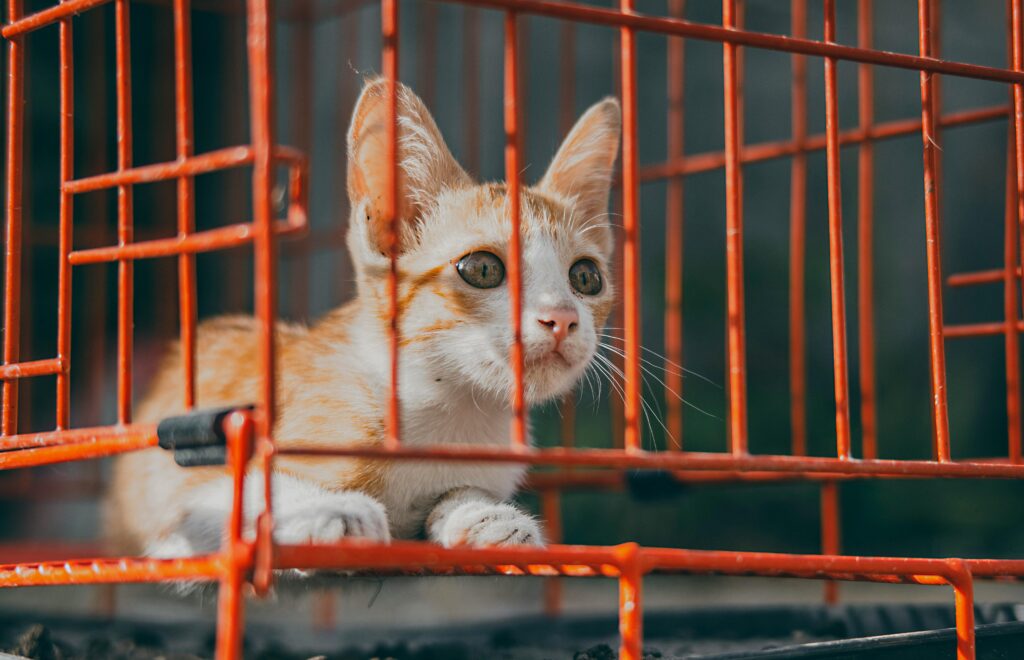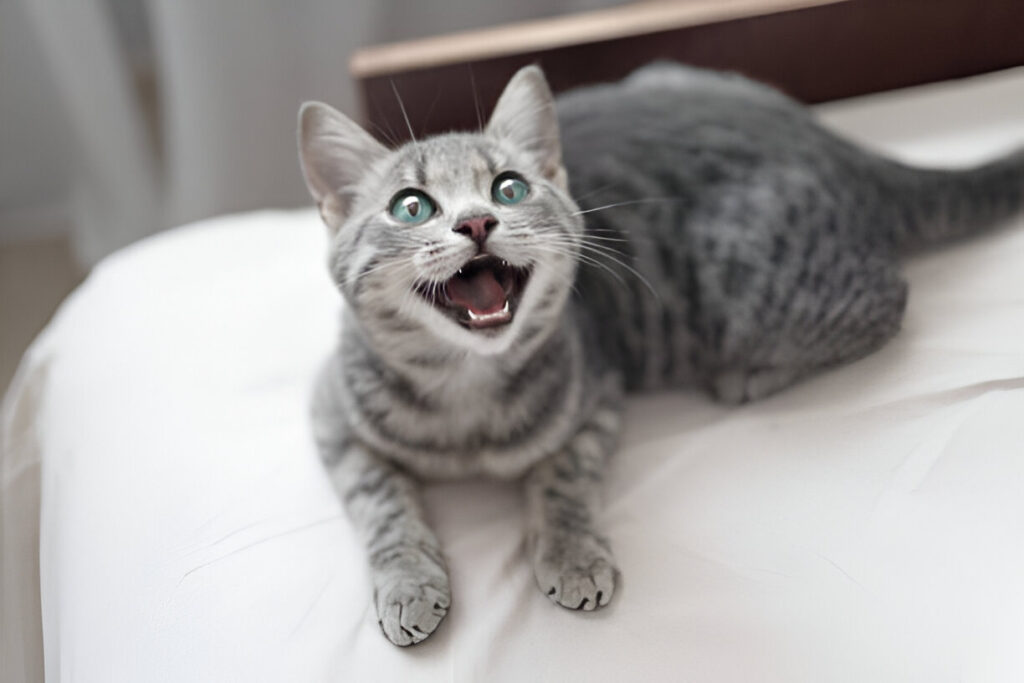Well, you’ve decided to welcome a feathered companion into your world! Birds are lovely, smart, and entertaining pets, but how to take care of pet birds requires dedication, know-how, and a fine attention to detail. If you’re a beginner bird owner or just need to brush up, this guide will walk you through the fundamentals of pet bird care to enable your avian buddy to thrive.
1. Choosing the Ideal Bird Species
Choosing the correct bird species is the first and foremost step of how to look after pet birds. The temperaments, lifespan, and maintenance are all varied across species, and identifying them ahead ensures an optimum matching of your lifestyle and needs with those of the bird species you will get as your companion. Here’s an overview of a few general bird species along with their key identifying characteristics:
Budgerigars (Budgies)
- Personality: Happy, inquisitive, and very social. Budgies are highly interactive birds and can be trained to repeat words and other sounds.
- Lifespan: 5–10 years (15 years with ideal care).
- Care Level: Low care. Ideal for beginners since they are small and simple to provide space for.
- Special Traits: Adore flying, so provide them a large cage and lots of out-of-cage exercise.
Cockatiels
- Personality: Gentle, loving, and known for their unique “crested” head feathers. They bond closely with owners and enjoy cuddling.
- Lifespan: 15–20 years.
- Care Level: Moderate. Require daily interaction and mental stimulation or they will become bored.
- Special Traits: Males are more prone to vocalizing and whistling, while females can be quiet but spicier.
Parrots (African Greys, Amazons, etc.)
African Grey Parrots:
- Personality: Extremely smart, sensitive, and talkative. Can master enormous vocabularies.
- Lifespan: 40–60 years.
- Care Level: High. Need constant mental stimulation, social attention, and a proper diet.
- Special Traits: Prone to getting anxious if not regularly cared for; not ideal for inexperienced parrot keepers.
Amazon Parrots:
Vidéo de Donald Martinez
- Personality: Bold, comical, and affectionate. Known for their strong personalities and love of drama.
- Lifespan: 40–70 years.
- Care Level: High. Require experienced handlers due to their loud calls and need for dominance.
Canaries
- Personality: Independent and melodious. Canaries are admired for their singing, not cuddling.
- Lifespan: 10–15 years.
- Care Level: Low-maintenance. Ideal for owners who like watching but not touching.
- Special Traits: Males are noisier and more chatty; females are quiet.
Finches
- Personality: Sociable with their own group (other finches) but not as interested in people.
- Lifespan: 5–10 years.
- Care Level: Low. Need a big flight cage and fellowship of their own kind.
- Special Traits: Active and entertaining to watch; ideal for owners with busy lifestyles.
Other Species to Keep in Mind
Lovebirds:
Personality: Feisty, loyal, and playful. Create a close connection with one specific individual or mate.
Lifespan: 10–15 years.
Care Level: Moderate. Need a mate or copious amounts of owner interaction.
Conures:
Personality: Clownish, energetic, and cuddly. Have loud calls and are known to be cuddly.
Lifespan: 20–30 years.
Care Level: Moderate to high. Need chew toys and daily attention.
Macaws

Personality: Bold, intelligent, and incredibly colorful. Require experienced handlers.
Lifespan: 50–80 years.
Care Level: Very high. Require large rooms, rich food, and endless mental stimulation.
Key Things to Consider When Making Your Choice
- Lifespan: Are you prepared for a decades-long commitment? Parrots, for example, are likely to outlive their owners.
- Noise Level: Cockatoos and macaws have a ear-shattering shriek; quieter options are canaries or budgies.
- Space: Big birds (like macaws) need large cages and flying space.
- Time Investment: A lot of interaction (hours a day) is needed by high-maintenance birds like African Greys.
- Budget: Factor in food, vet bills, cages, and toys. Large parrots are very expensive.
- Family Compatibility: Some birds (like lovebirds) bite children, while others (like cockatiels) are not so bitey.
Pro Tips for Success
- Adopt, Don’t Shop: Rescue birds require homes.
- Visit Breeders or Pet Stores: Socialize birds first before deciding to determine if there is compatibility.
- Research Diet and Habitat Needs: Each species needs something in particular (e.g., nectar for lorikeets).
By carefully evaluating these factors, you’ll set the foundation for a thriving relationship with your feathered friend. Remember, how to take care of pet birds starts with choosing the right match for your lifestyle!
2. Making a Safe and Comfortable Home
A bird cage is their home. Here’s how to take care of pet birds by creating a safe home:
- Size Matters: The cage should be large enough for your bird to spread out its wings and walk around easily. As a general rule, the bigger, the better.
- Bar Spacing: The bars should be spaced closely together so that your bird will not get stuck.
- Location: Place the cage in a draft-free, naturally lit location, but not in sunlight.
- Perches: Offer mixed textures (wood, rope) and diameters for foot health. Do not offer sandpaper perches.
- Toys and Enrichment: Change toys each week to avoid boredom. Add chewables, puzzles, and bells.
- Cleanliness: Clean up spot each day and deep clean the cage every week with bird-safe cleaning solutions.
3. Diet and Nutrition: Fueling Your Bird’s Health

Balanced diet is the foundation of longevity. Don’t feed only seeds this is a mistake!
- Pellets: High-quality pellets should comprise 60–70% of their diet. Harrison’s or Zupreem brands are approved by vets.
- Fresh Fruits and Veggies: Offer leafy greens (kale, spinach), carrots, apples, and berries. No avocado, chocolate, and caffeine (toxic!).
- Seeds and Nuts: Use as treats sparingly. Sunflower seeds are high in fat but well-liked by many birds.
- Protein: Occasionally, hard-boiled eggs or cooked beans for mix-up.
- Water: Change daily with a new dish or water bottle to make sure bacteria growth doesn’t establish.
Fun Idea: Suspend veggies like broccoli or corn on the cob inside the cage for a playful forage!
4. Health and Wellness: Signs to Monitor
Birds are naturally inclined to hide illness, so prevention through active care is necessary.
- Annual Vet Check-Ups: Annual appointments with an avian veterinarian.
- Signs of Illness: Fluffed feathers, lethargy, labored breathing, or changes in droppings.
- Grooming: Trim nails and wings regularly (have a pro do them if not sure). Provide a shallow pan for bathing or spritz with a spray bottle.
- Bird Common Problems: Respiratory illness, mites, and fatty liver disease (caused by inappropriate diets).
Emergency Kit: Keep styptic powder (for bleeding nails), a thermometer, and a carrier handy.
5. Enrichment and Socialization
Birds are extremely social creatures. Not fulfilling their emotional needs can lead to depression or aggression.
- Daily Interaction: Chat, whistle, or train with positive reinforcement (treats!).
- Out-of-Cage Time: Provide supervised play time in a bird-proofed room (tape over windows, remove poisonous plants).
- Toys: Switch them out to keep your bird’s mind active. Puzzle toys with treat-dispensing mechanisms are a favorite!
- Companionship: Some birds do well in pairs, but others form attachment only with their human. Research your species’ requirements.
6. Training Tips for a Happy Bird
Training deepens your relationship and minimizes behavioral problems.
- Start Simple: Teach “step up” onto your finger using treats.
- Clicker Training: Mark desired behaviors using a clicker.
- Avoid Punishment: Birds do not like yelling or being put away. Redirect unwanted behavior instead.
- Be Patient: Training is time-consuming—enjoy small victories!

7. Reading Bird Body Language
Birds communicate using body language. Learn to read their signals:
- Happy: Singing, preening, or grinding their beak (a sign of happiness).
- Stressed: Pacing, feather plucking, or screaming.
- Aggressive: Lunging, hissing, or raised wings.

8. Long-Term Commitment
Reality check—if you’re thinking of bringing home a bird, you NEED to know the following: Birds ARE NOT low-maintenance pets. They are high-maintenance divas (or guys) with big personalities and even larger needs. Are you sure about taking the pet bird parent step? Ask yourself these questions first:
“Can I Commit Decades?”
Birds aren’t a temporary hot affair—they’re a lifelong investment.
- Budgies: 10–15 years.
- Cockatiels: 15–20 years.
- Parrots: 40–80 years (yes, longer than some marriages!).
- Macaws: “I’ll outlive you” vibes (50–80 years).
Think about it: Will you be able to provide for your bird if you relocate, switch careers, or start a family? Birds don’t cope well with unexpected changes
“Can I Afford the $?”
Birds aren’t cheap. Here’s the breakdown:
- Upfront Costs:
- Cage: $100–$500+ (the bigger, the better).
- Starter kit (toys, perches, food): $50–$200.
- Recurring Expenses:
- Food: $20–$50 (pellets, fresh veggies, treats).
- Toys: $10–$30+ (they break them up—it’s their job!).
- Emergency Fund:
- Vet visits: $100–$300+ per visit.
- Surgeries/Sicknesses: $1,000+ (avian vets are not inexpensive!).
Pro Tip: Plan as if you’re preparing for a wee, feathered human.
“Do I Have Time to Be Their BFF?”
Birds are social butterflies—or parrots—or cockatoos. They need daily attention:
- Social Species (Parrots, Cockatiels): 2–4 hours of hands-on time. They’ll scream, pull feathers out, or get depressed if ignored.
- Independent Species (Canaries, Finches): Less interactive, but require daily visits.
Ask yourself:
- Can you schedule in playtime, even when you have a busy day?
- Will your work schedule, hobbies, or travel plans leave them isolated?
“Am I Ready for the Mess?”
Birds aren’t cute— they’re messy.
- Food flingers: Seeds, veggies, and pellets will be everywhere.
- Poop happens: Continuous cleanup (cage, floors, your favorite shirt).
- Destructo-mode: Toys? They’ll destroy them. Furniture? Game on.
Pro Tip: Invest in a quality vacuum and a good sense of humor.
“Can I Handle the Noise?”
Birds are loud—some sound like alarms, some like squeaky toys.
- Quiet Crew: Canaries (singing), Finches (chirping).
- Loudmouths: Macaws (ear-shattering screeches), Cockatoos (screams that summon the neighbors).
Ask yourself: Will their noise infringe on your apartment rules, roommates, or sanity?
Still Think You’re Ready?
If you answered “YES” to all of the above—yay! You’re well on your way to being an awesome bird parent. Here’s your final checklist:
- ✅ Research, research, research your bird’s species.
- ✅ Avianize your domicile: No poisonous plants, no open windows or ceiling fans.
- ✅ Get an avian vet in advance of emergencies.
- ✅ Have a lot of patience (training doesn’t happen overnight!).
Final Thoughts
How to take care of pet birds isn’t just about meeting their basic needs it’s about creating a nurturing environment where they can flourish. By providing a balanced diet, mental stimulation, and plenty of love, you’ll ensure your feathered friend lives a long, healthy, and joyful life. Remember, you’re not just a pet owner you’re a companion to a highly intelligent being who’ll bring endless wonder into your home.
Ready to start this journey?
Yuns Legdm is a passionate advocate for pet care and the founder of this website, dedicated to providing valuable information for fellow pet lovers and veterinary professionals worldwide. With a deep love for animals, Yuns created this platform to connect passionate pet owners with expert insights from veterinarians around the globe.
This website grows with you—the passionate pet owners and veterinary experts—creating a trusted space where knowledge, experience, and love for animals come together. Whether you’re seeking advice on pet health, nutrition, or general well-being, this platform is here to support you on your journey of responsible and loving pet care.





